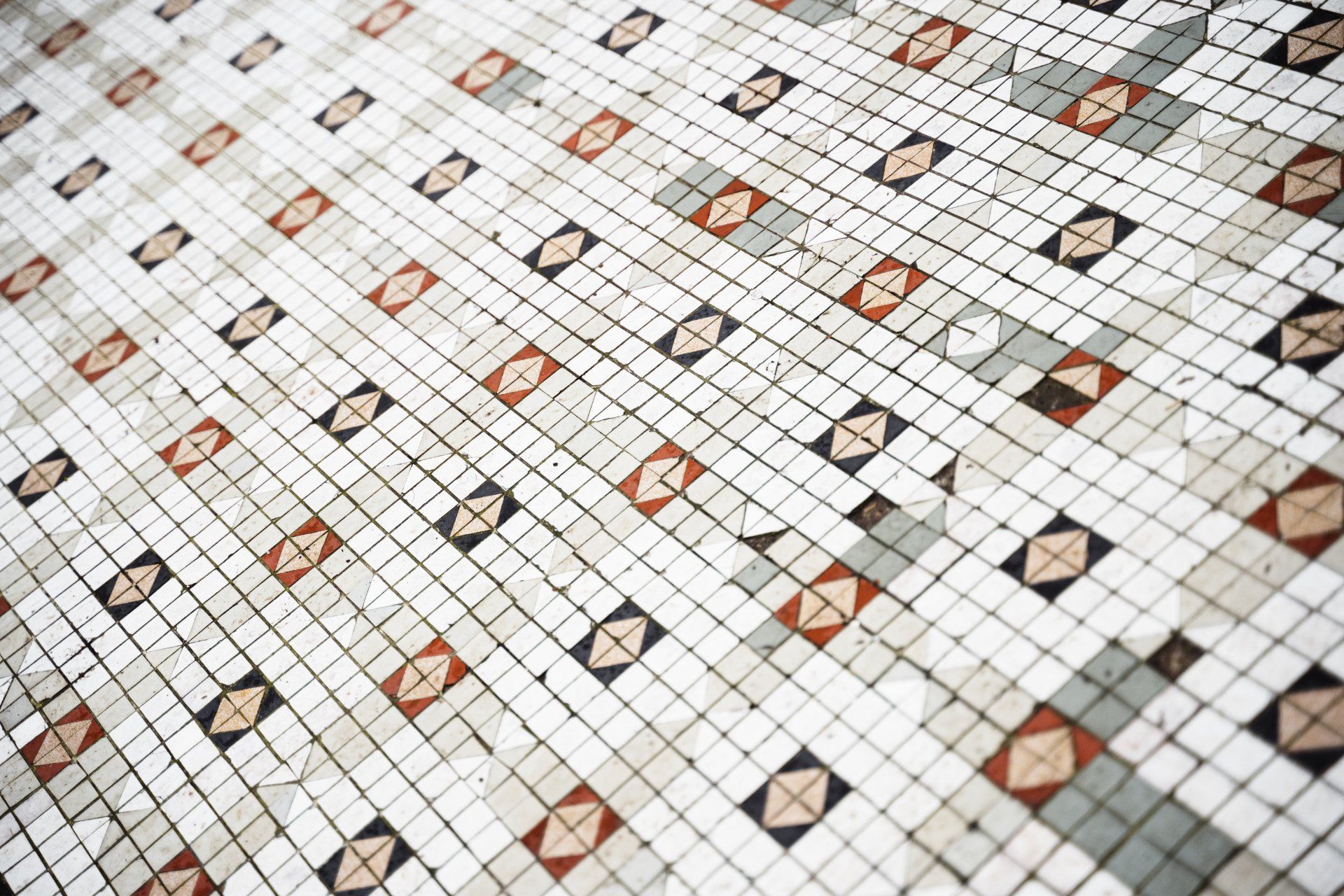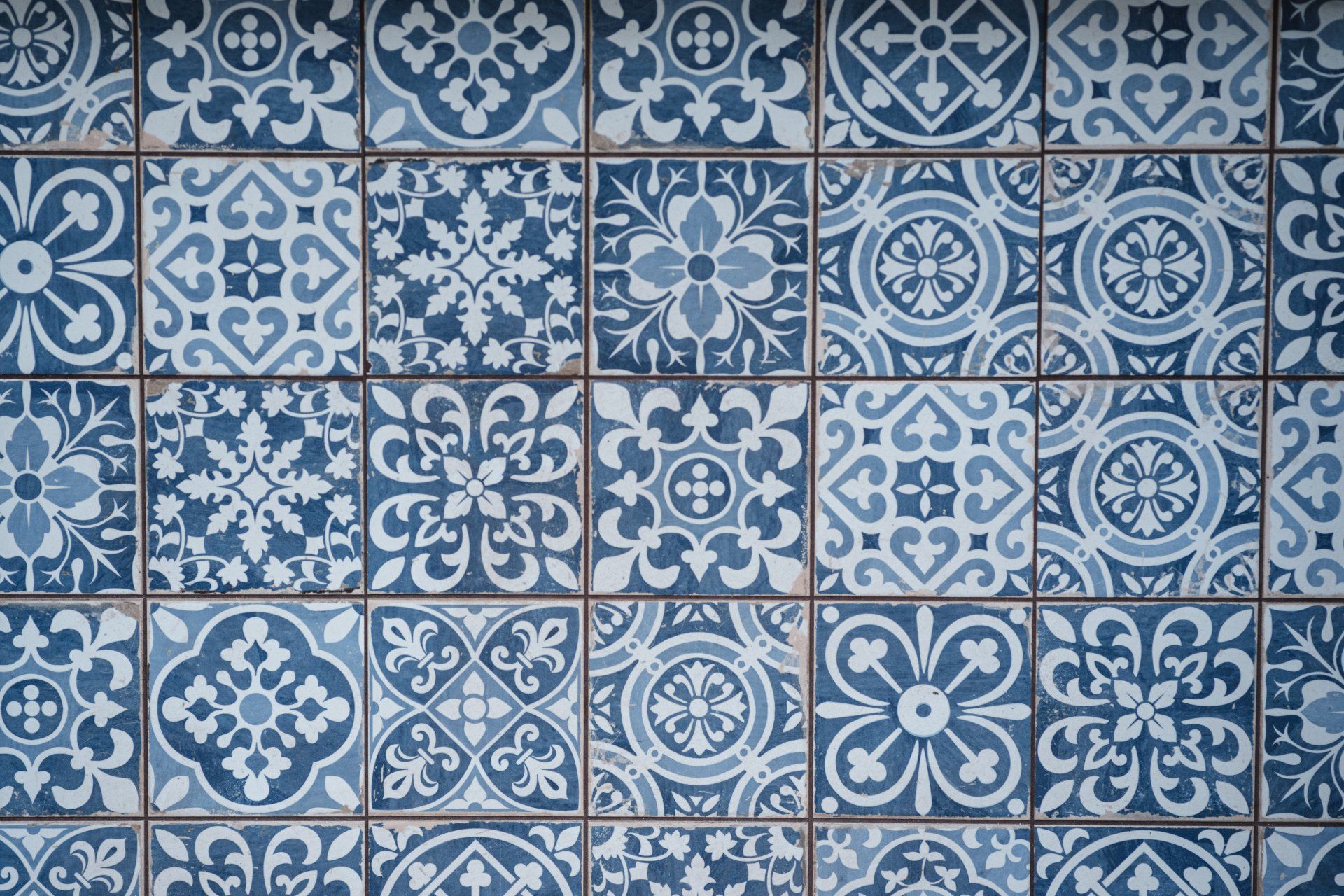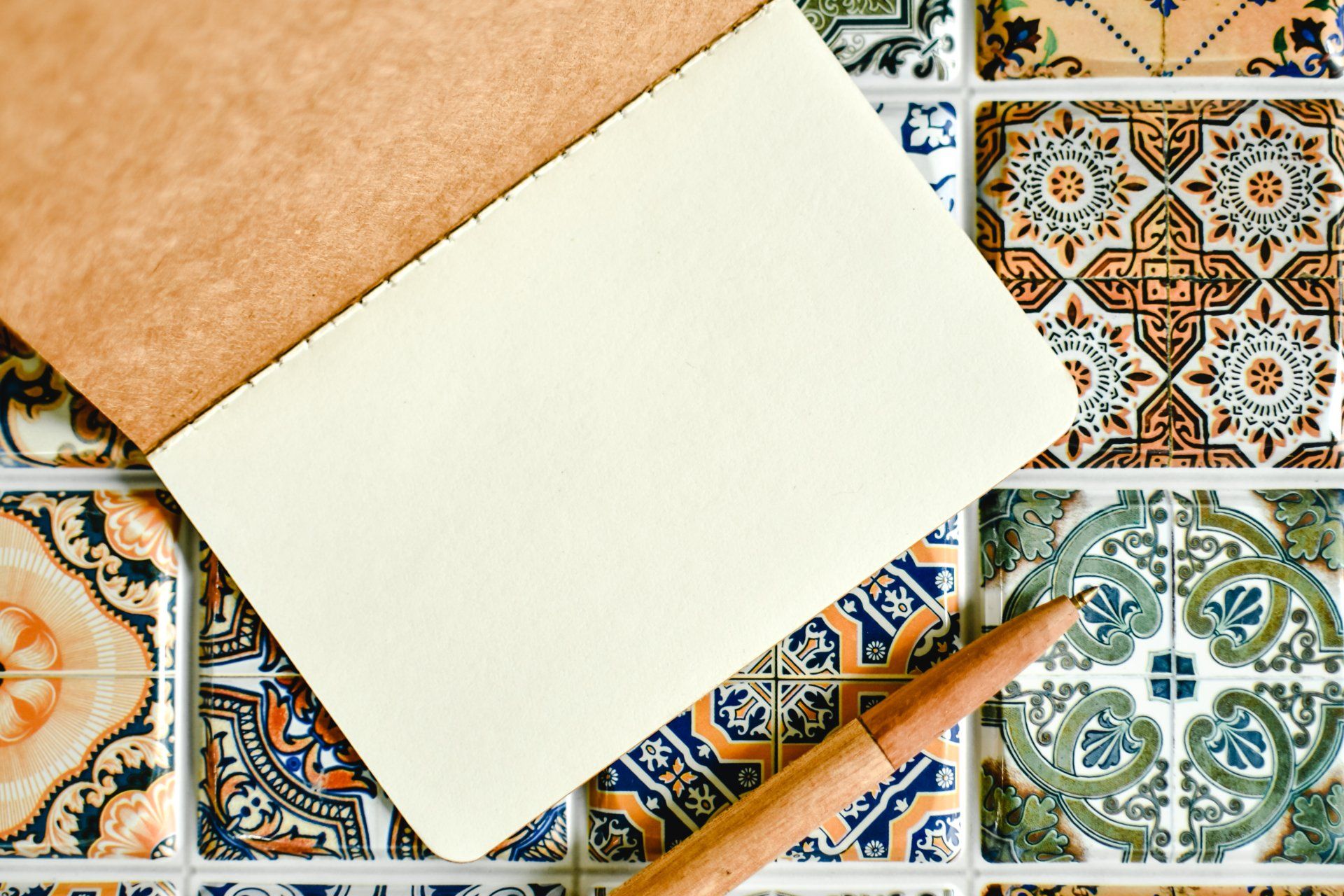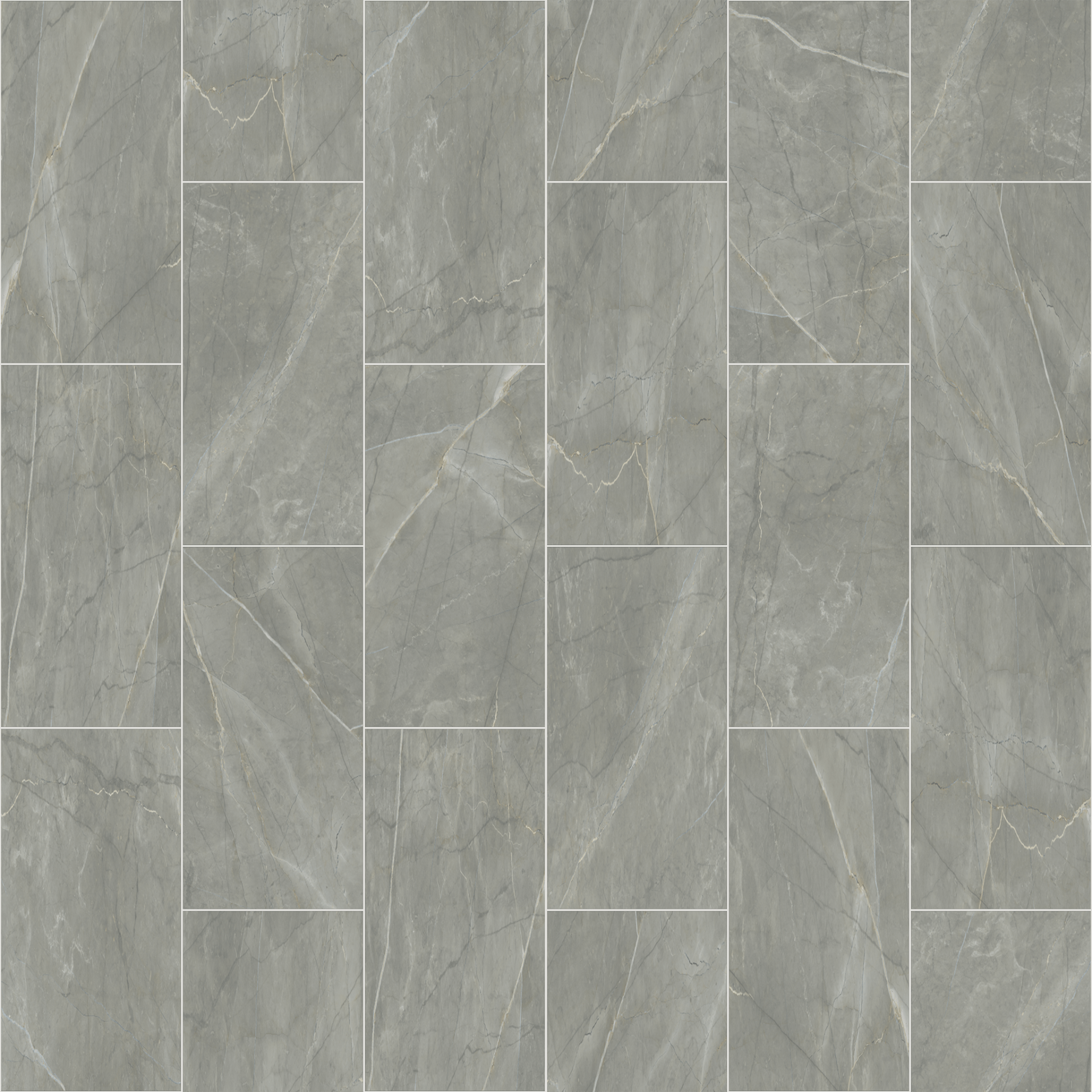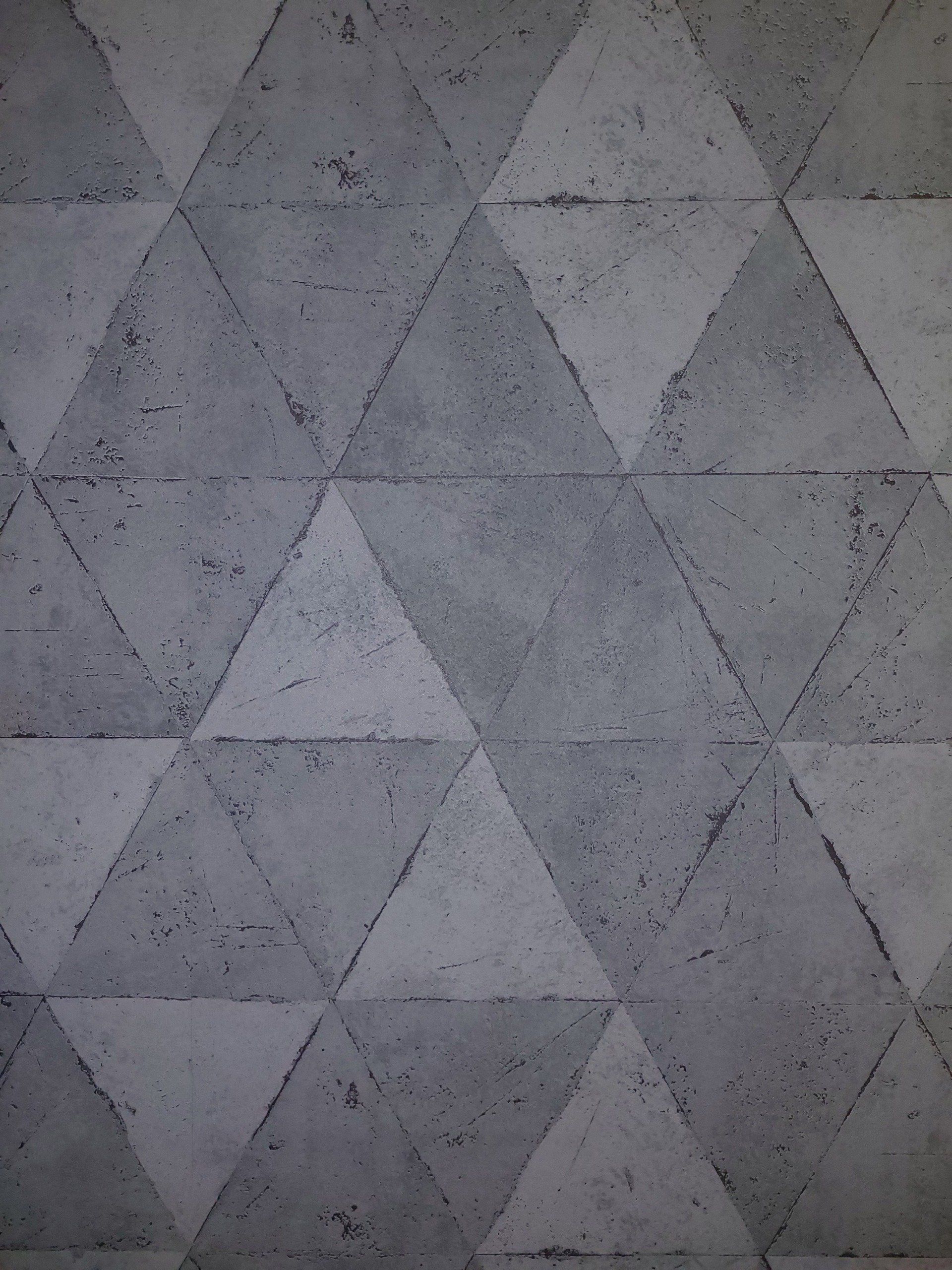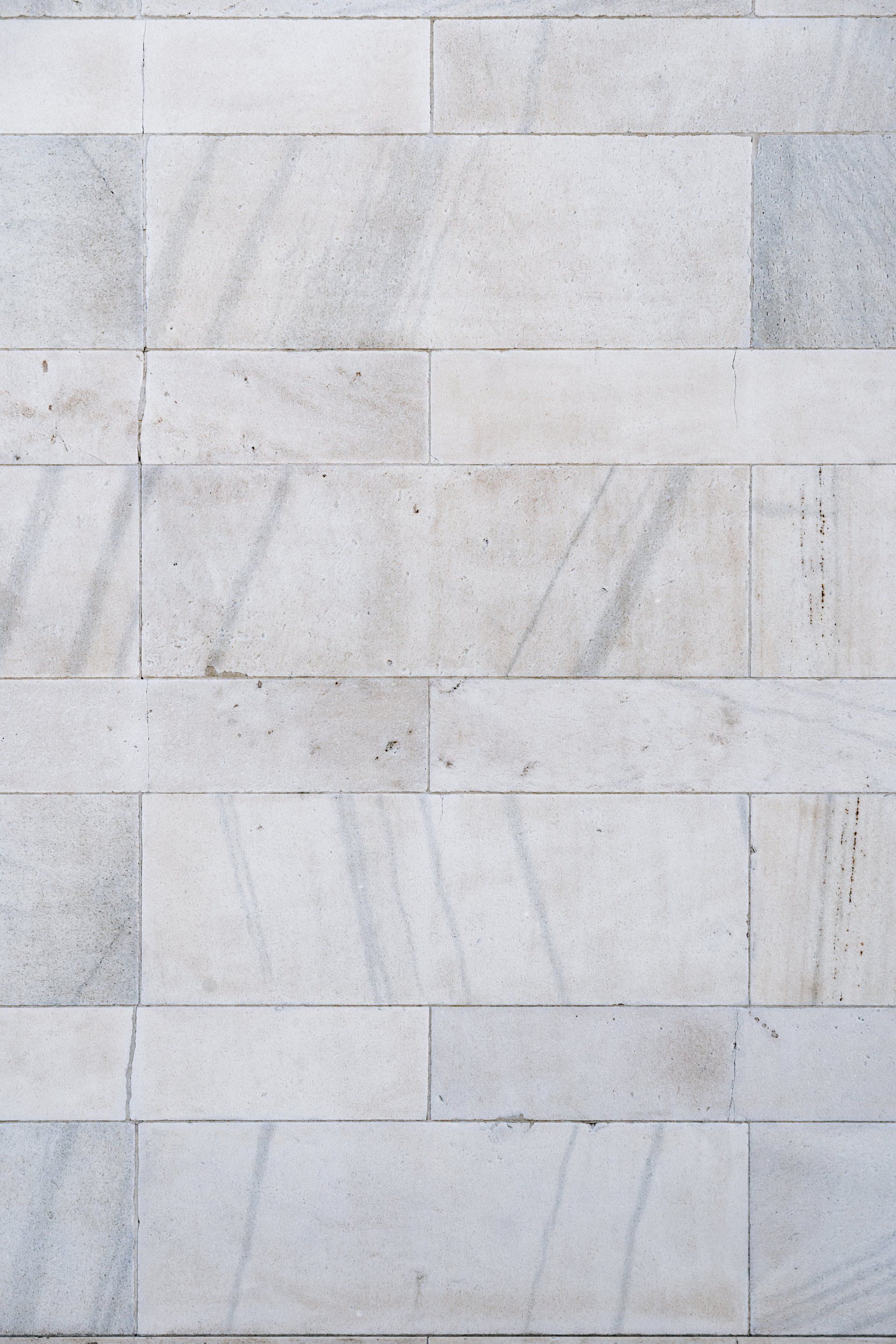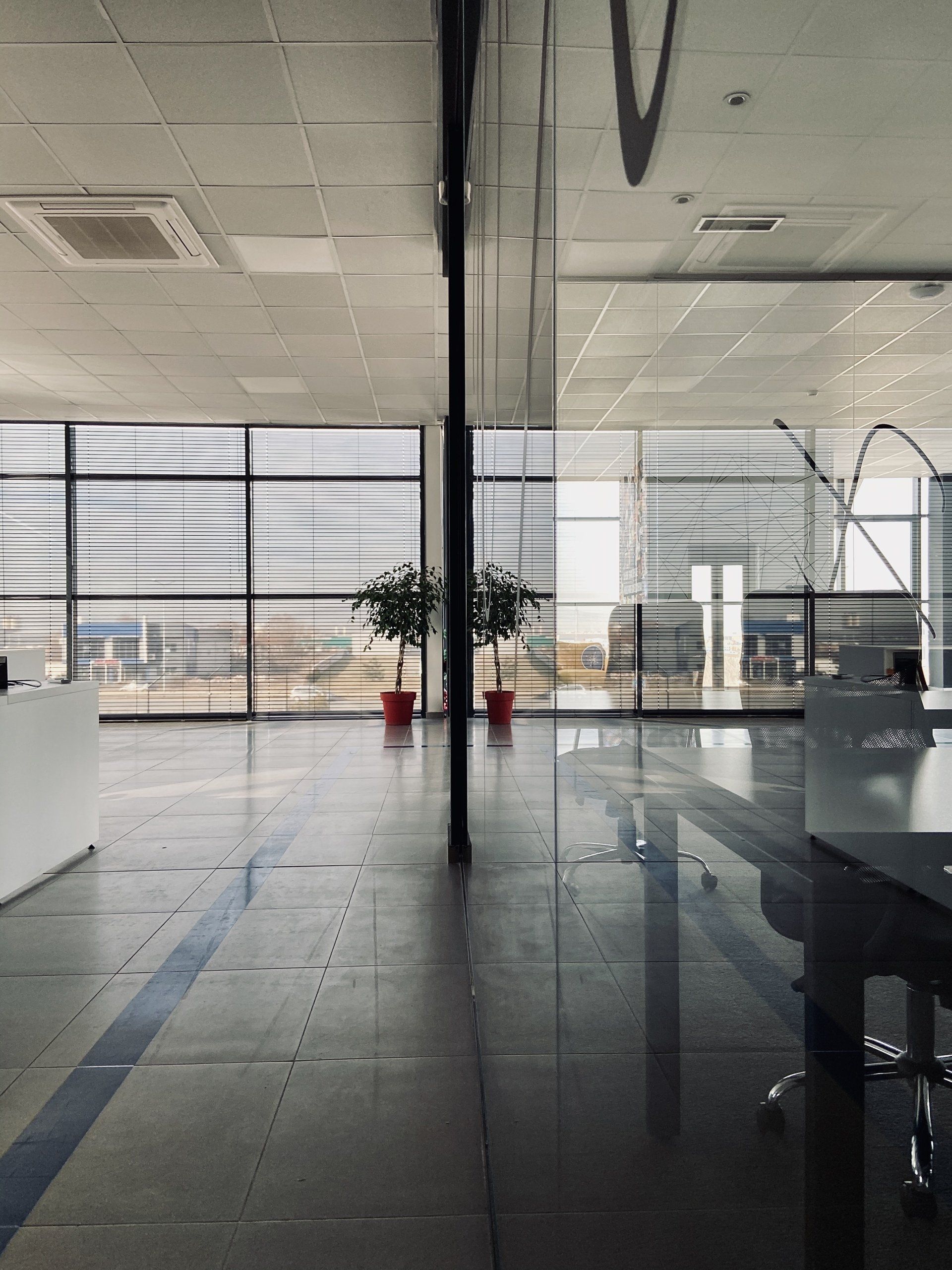Avoiding efflorescence in cement tile installations
Avoiding efflorescence in cement tile installations
Concrete in water can undergo efflorescence, which is a physical phenomenon. Although the discussion is technical, it is easy to understand. It should be required reading for anyone who has concrete tiles or plans to use them in a future project. It is essential to understand what efflorescence means, how it happens, and where it occurs. All concrete can experience efflorescence, but it is more common in decorated concrete. This causes the tile to look different and changes its color.
What is Efflorescence?
Efflorescence can be described as a powdery substance, or incrustation, that forms on concrete surfaces such as sidewalks, cement tiles or driveways. It is important to understand that efflorescence can occur as a natural phenomenon. It can happen with any product that contains Portland cement, including concrete, clay, and terracotta. It is often a white powder or salty substance on cement tiles. French roots give the word efflorescence its French meaning, which means to bloom.
Where does efflorescence come from?
When soluble salts and other materials reach the concrete or mortars' surface, this is called efflorescence. Have you ever boiled a pot and let it dry? Or rinse your car in the sun with a hose? You can see the salt residue or ring left. The salt will be left when the water evaporates. A similar phenomenon is an efflorescence. When cement or cement tiles dry out, lime in cement rises to the surface and reacts with carbon dioxide in the air to make calcium carbonate. This causes a white film or powder to form on the tile's surface. Low temperatures, moisture, rain, and water can cause it. It can happen very quickly after being exposed to moist or cool environments or gradually in sub-grade concrete structures (like a parking garage).
How can I prevent or stop efflorescence?
When laying cement floor tiles, make sure you have a cement subfloor that is stable and cured. Before laying floor tiles, it is important that the cement subfloor be fully cured. The concrete subfloor must be completely dried before tiles can be applied. If it isn't, moisture could seep into the tiles and cause efflorescence. Efflorescence cannot occur if there isn't a water source to allow capillary water to flow through tiles. A pound of prevention is better than a thousand cures.
How can I remove efflorescence?
The tile will usually remove any efflorescence that was visible before it is installed. It is possible to sand smaller areas. Use 200-grit wet sandpaper for sanding the area.
Efflorescence can occur after tiles are installed. First, clean the tiles thoroughly. Use a floor polisher that has a green pad and lots of water. To confirm that the efflorescence has been stopped, you will need to allow the tiles to dry completely.
A penetrating sealer can stop efflorescence from resurfacing. If you still have a problem, the next step is to apply a penetrating sealer. Before applying the sealer to the entire floor, always test its reaction in a small area. Use a high-quality penetrating sealer.
There are also efflorescence cleaners. The products are not recommended for use in our experience. We recommend testing them on a small area of tile or a hidden area to verify the results. Follow the manufacturer's instructions and avoid acid-based products, which can damage concrete tiles.
